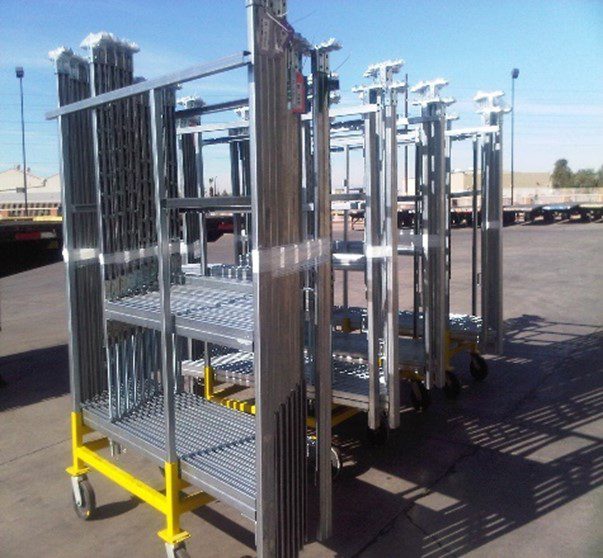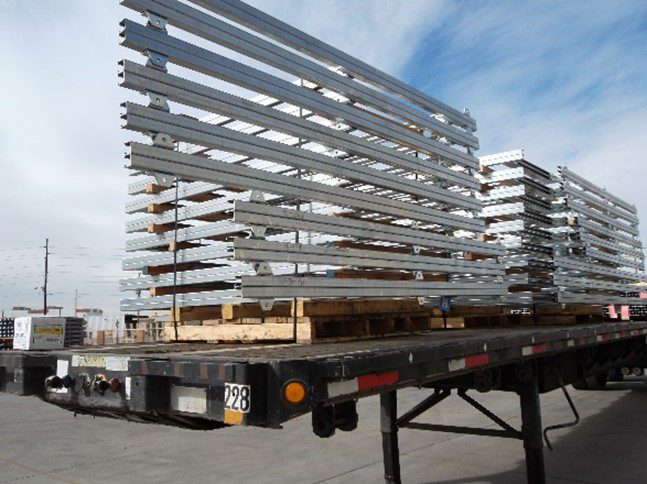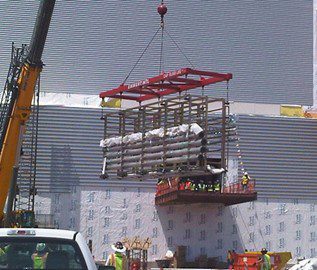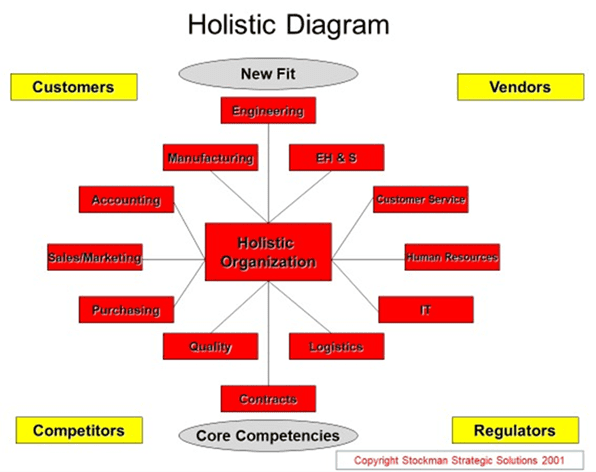Strategic Fit Drives Growth
Tyco hired me as GM to oversee restructuring at the Phoenix campus and begin a lean transformation. The restructuring cut revenue from $160M to $14M. Sixty percent of the workforce was laid off, and conversion costs increased by 378%.
Our first strategy was to stabilize the remaining businesses after the closure of two businesses and start the roll-forming lines that were recently relocated to Phoenix.
A year later, the campus found its “operational normal.” Thanks to our incredible team, the roll-forming processes improved rapidly during the year.
We began formulating long-term strategic plans for pulling on two primary strategic levers that utilized lean principles.
- Strategy #1: Constantly reviewed our conversion costs to lower them during the transformation. Reductions in conversion were achieved by employing multiple lean tools and Kaizen events. These included Single Minute Exchange of Dies (SMED), Total Productive Maintenance (TPM), redesign of tooling, value stream mapping (VSM), and old-fashioned cost out.
- Strategy #2: Locate new sales revenue or added value revenue. We conducted a sales Kaizen event to focus on differentiation. The cross-functional team comprised sales personnel from all product lines, operational personnel, engineering, tooling, and front-line supervisors.
We attempted to find a “Fit” between the plant’s core competencies and the needs of our current customers. We focused on the typical analysis of competitors and our weaknesses and strengths. We also discussed unknown competencies with the sales team and explored leveraging the roll-forming lines and our engineering and machining teams.
The sales Kaizen event identified over 280 ideas. Some ideas were service improvements, specialized packaging, ID scarfing, and new materials, including stainless steel.
The sales group that supported the construction industry asked questions about cutting and kitting products. Their customers use 24-foot length sticks and cut them at the construction site, which generates a lot of scrap material and lost time.

Long Lengths prior to cutting at the construction site.
The construction project manager asked how we could eliminate scrap and reduce the time it took for union carpenters to cut products.
I responded, “It would be better if I showed you.” I then asked him to give me a length he wanted to cut. He called out a length that included fractions. The operator was asked to cut the requested length as the line ran. The operator programmed the machine and cut the length. The part was within .010″.
In the next phase, we began manufacturing and assembling small partial frames at our plant and sent them directly to the construction site. We built to specified standards that the customer audited.
The construction project manager and our team conducted lesson-learned discussions during each project phase. At times we argued, fussed, and fought, but we worked on finding a way to improve our processes and identify added value opportunities.

Kitted product prior to shipment.

Larger frames in portable racks.
We conducted VSM events to improve flow and quality. We found better and faster ways of building the frames and shortening the lead time with each Kaizen.
The construction project manager worked with a third party to fill the frames. The third-party vendor needed a climate-controlled, air-conditioned tent put on our campus. I worked with the City of Phoenix to implement temporary zoning laws and permits.

Larger frames ready for delivery.


Filled frame being lifted into place.
As a team, we leveraged a new product and skill sets into long-term, value-added projects that typical strategic planning may not uncover. We looked holistically and went two layers deep to find the Fit. It took looking at the business holistically, including our sales, customers, and vendors, and then making them aware of our new capabilities.
In addition to looking at the 3 P’s; product, price, and placement, we sought to leverage current skill sets, attached these to similar or like needs, and then used those learnings to identify new opportunities.

The gray ovals represent new things to be learned when you want to develop unknown growth or Fit.
The red blocks represent the internal organization. Most businesses use only this as their source for creating a strategy.
The yellow blocks represent external influences on our strategies.
If Fit is unknown, it is hard to develop the core competencies. You may have core competencies but are unaware of the Fit. This is why most companies focus on internal disciplines because they are known. To find a Fit, you must search both externally and internally. As you find new Fit possibilities, ask if you can leverage your core competencies.
Conduct formal strategic planning events that are cross-functional.
Don’t limit your strategic plans to internal improvement; look for external strategic needs that drive growth. It may take a while. In the example above, it took us over a year to understand our new possibilities and another six months to turn them into opportunities.
Stretch yourself and the organization by getting input from your external sources. Visit your external sources and seek to understand their vision.
Be optimistic about the possibilities but realistic about it becoming a reality. If needed, have functional experts meet with you.
Constantly compare their vision to your organization’s competencies.
Use the Holistic Diagram to help you develop internal and external strategic plans. Understand the relationship between each discipline.
Porter, Michael E, describes fit. “What is Strategy?” Harvard Business Review, November-December 1996.
